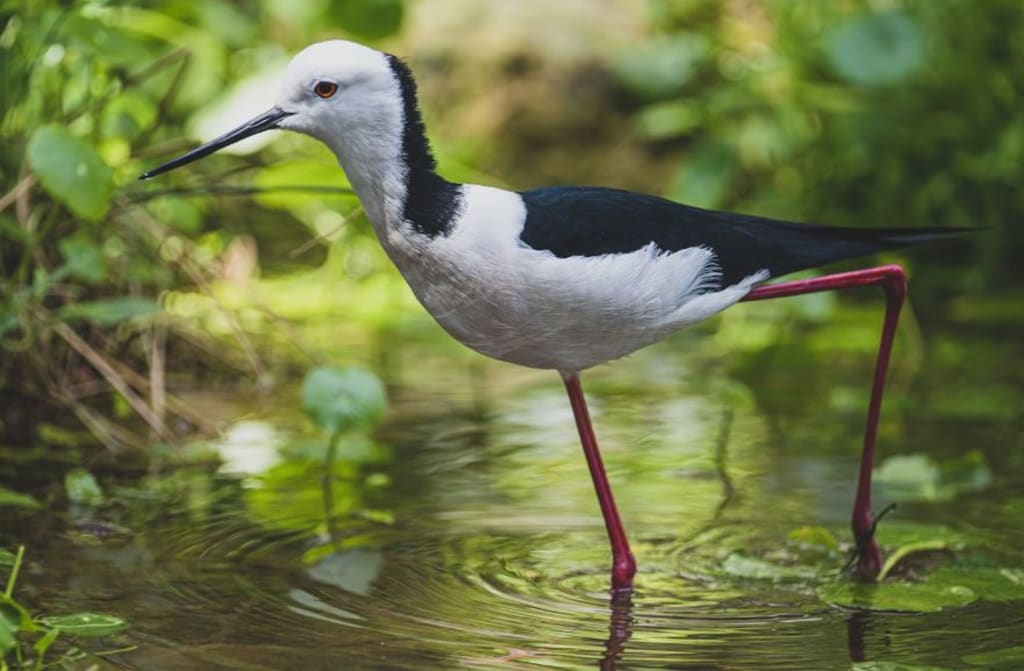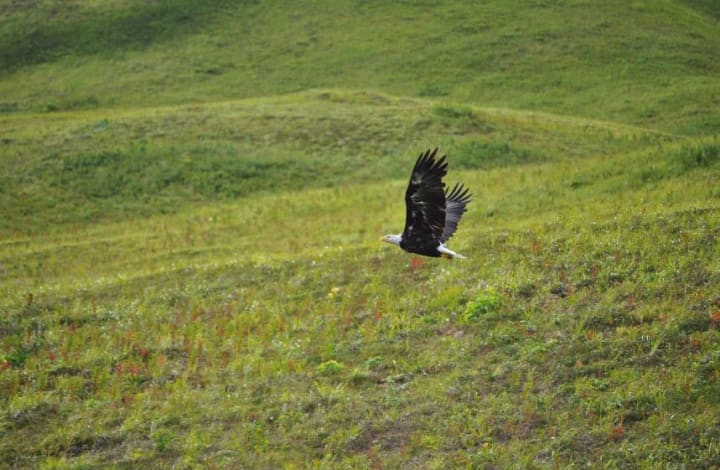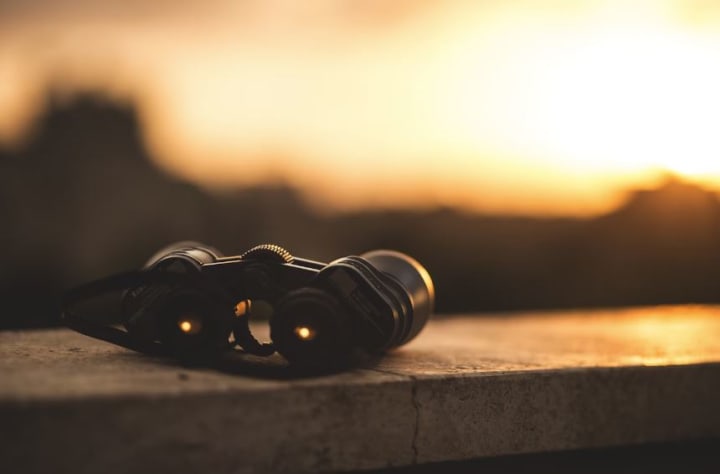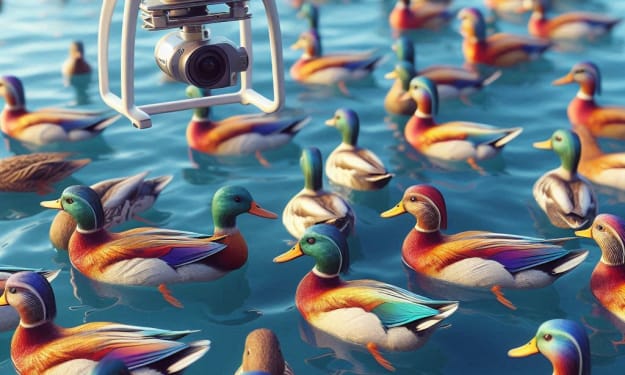How to Watch Animals in Their Natural Habitats
Experiencing wildlife in their natural habitats is an enriching and exhilarating experience. I’ve experienced this many times bird watching here in Brisbane, or through my travels abroad.

Whether you are in the vast savannas of Africa, the dense jungles of South America, or the serene forests of North America, observing animals in their natural environment can provide a deeper appreciation for the beauty and complexity of nature.
However, it is crucial to approach these encounters with respect and caution to ensure both your safety and the well-being of the animals.
I’m Bernard Michael Rochford and here are my essential tips for safely observing wildlife in their natural habitats.

Preparing for Your Wildlife Adventure
Before embarking on a wildlife adventure, it is essential to prepare adequately. This preparation includes understanding the environment you will be entering, the animals you may encounter, and the best practices for observing them safely.
Research and Education
Learn About the Habitat: Research the specific environment you will be exploring. Understand the terrain, climate, and vegetation. This knowledge will help you anticipate the conditions you may face and prepare accordingly.
Understand Animal Behaviour: Different animals exhibit different behaviours, especially in the presence of humans. Learn about the species you are likely to encounter, their habits, and how they typically react to human presence. This information can help you anticipate and avoid potentially dangerous situations.
Local Regulations and Guidelines: Familiarise yourself with any local regulations or guidelines regarding wildlife observation. These rules are often in place to protect both the animals and visitors.
Equipment and Gear
Appropriate Clothing: Wear clothing that is suitable for the environment. Neutral colours are recommended to blend in with the surroundings and avoid startling animals. Additionally, consider the climate and ensure you are dressed appropriately for temperature, humidity, and potential rain.
Binoculars and Cameras: Bring binoculars and a camera with a good zoom lens. These tools allow you to observe and photograph animals from a safe distance, minimising disturbance.
Safety Gear: Depending on the environment, you may need additional safety gear, such as insect repellent, sunscreen, a hat, and sturdy footwear.

Best Practices for Wildlife Observation
When in the field, following best practices ensures that you can enjoy your wildlife encounters safely and responsibly.
Maintain a Safe Distance
Respect Animal Space: Always keep a safe distance from wildlife. This distance varies depending on the species, but a general rule is to stay at least 100 metres away from large animals and 25 metres from smaller ones. Use binoculars or a camera zoom lens to get a closer look without intruding on their space.
Avoid Sudden Movements and Loud Noises: Move slowly and quietly to avoid startling animals. Sudden movements and loud noises can cause animals to become defensive or flee, which can be dangerous for both you and the animal.
Minimise Impact on the Environment
Stay on Designated Paths: Stick to established trails and observation points. This practice minimises your impact on the environment and reduces the risk of disturbing wildlife.
Leave No Trace: Practise the Leave No Trace principles. Carry out all trash, avoid picking plants, and refrain from disturbing natural features. Your goal should be to leave the environment as you found it.
Observe Animal Behaviour
Watch for Signs of Distress: Pay attention to the animals’ body language. Signs of distress, such as raised hackles, hissing, growling, or attempts to flee, indicate that you are too close. Back away slowly and give the animal space.
Avoid Feeding Wildlife: Feeding animals can disrupt their natural foraging behavior and make them dependent on human-provided food. It can also lead to dangerous situations where animals become aggressive in seeking food.
Use Ethical Observation Techniques
Follow Ethical Photography Practices: When photographing wildlife, ensure that your actions do not disturb the animals. Avoid using flash photography, as it can startle animals and disrupt their behaviour.
Support Conservation Efforts: Consider supporting local conservation programs and organisations. These groups work to protect wildlife and their habitats, ensuring that future generations can enjoy similar experiences.
Conclusion
Observing wildlife in their natural habitats is a remarkable experience that fosters a deeper connection with nature. By preparing adequately, maintaining a safe distance, minimising your impact, and observing ethical practices, you can enjoy these encounters safely and responsibly. Remember that our actions have a significant impact on wildlife, and it is our responsibility to protect and preserve their natural environments. Happy wildlife watching!
About the Creator
Bernard Michael Rochford
I am Bernard Michael Rochford, a sports enthusiast passionate about AFL, supporting Carlton and Brisbane Lions. I enjoy gardening, barbecuing, bushwalking, and bird watching. I advocate for regenerative farming and sustainability.
Enjoyed the story? Support the Creator.
Subscribe for free to receive all their stories in your feed. You could also pledge your support or give them a one-off tip, letting them know you appreciate their work.






Comments
There are no comments for this story
Be the first to respond and start the conversation.